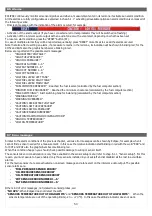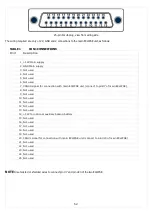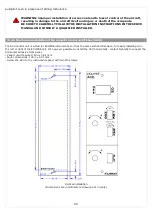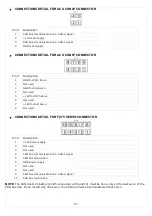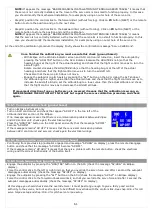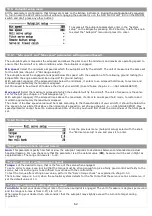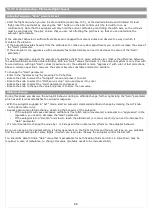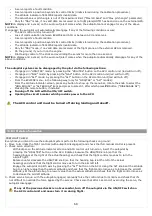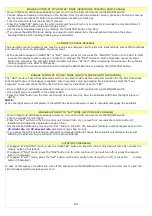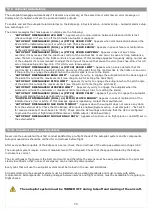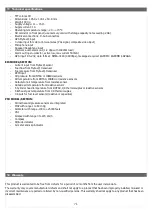
10.7. Flight based test and configuration
During this phase you calibrate the servo response to match your aircraft flight dynamics. Although flight testing may be
carried out in different ways, it's recommended to follow the procedures indicated in the following chapters.
Any test and configuration during flight must be executed in VFR conditions, with good weather and visibility
conditions, at an adequate altitude and no traffic or obstacles in the flight path.
It's also recommended to have another pilot on board during first flight configuration.
NOTE:
In case you need to instantly disengage the autopilot you can use either one of this way:
- Turn off the ON/OFF switch on the ACU control unit.
- Press shortly the remote button
- Press the “HDG/TRK” button on the ACU, if autopilot is in heading/tracking mode, or press the “NAV” button if
autopilot is in navigation mode.
Remember these actions so that it can be carried out instinctively in case of difficulties or emergencies.
Before starting the first test flight verify once more for safety that all the parameters are correctly set:
- Enter in the “System seyup” by pressing P1+P4 buttons
- Rotate the knob to select the “Autopilot” menu and press it to enter
- Rotate the knob to select the “Roll servo setup” menu and press it to enter
- Verify that the “Gain” parameter is set to default value, that is
10
.
- Verify that the “Torque”, “Turn rate” and “Max Roll Bank” parameters are set according to your preferences, as
explained in previous chapter.
- Go back by pressing P1 button, rotate the knob to select the “Pitch servo setup” submenu and press it to enter.
- Verify that the “Gain” parameter is set to default value, that is
13
.
- Verify that the “Torque”, “VS climb rate”, “VS descent rate” and “Max pitch angle” parameters are set according to your
preferences, as explained in previous chapter.
64
Summary of Contents for Eclipse
Page 6: ...ECLIPSE PART I INSTALLATION 6 ...
Page 7: ...2 Dimensions 7 ...

